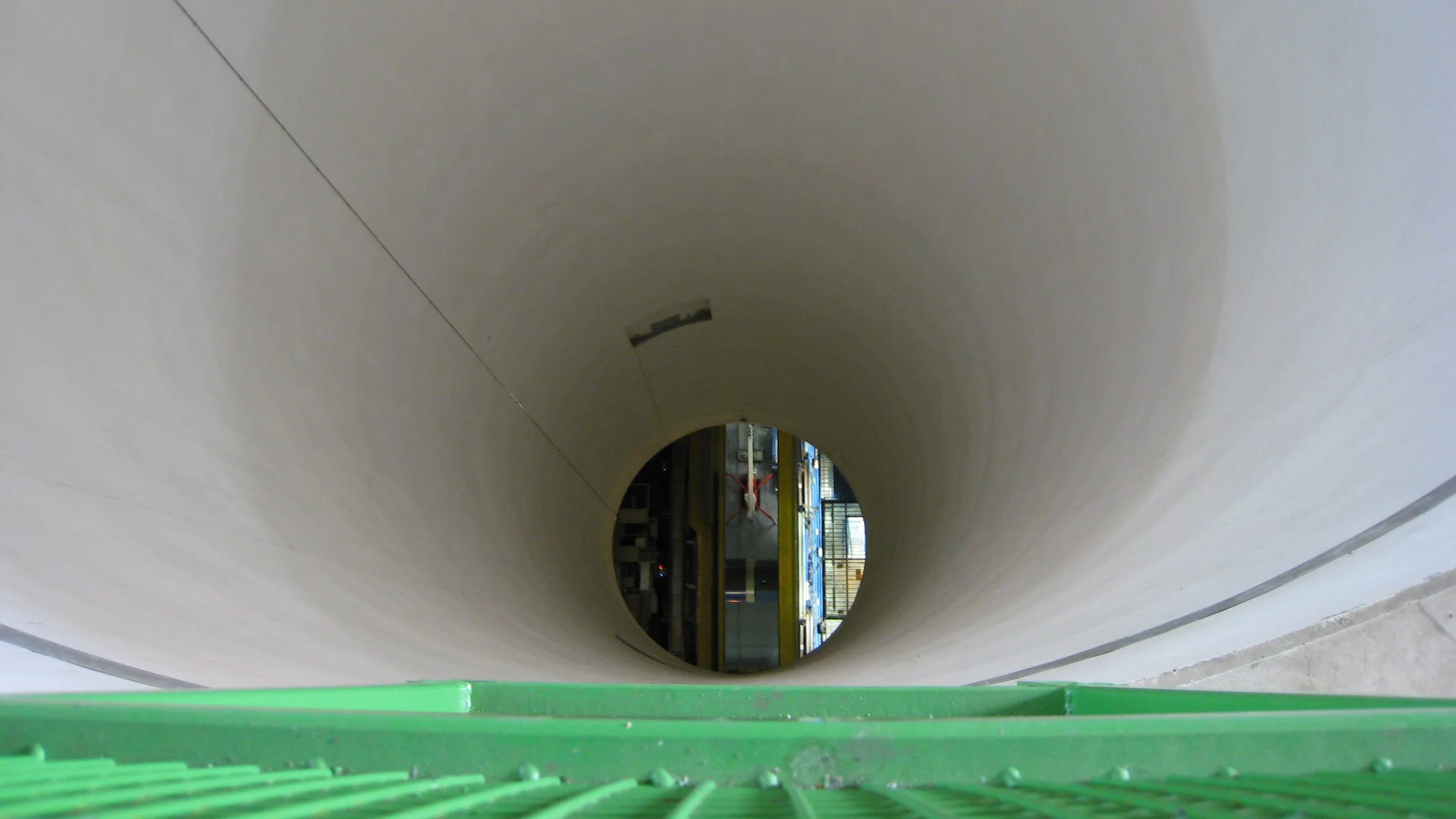In 2008, I attended the launch of the computing grid for the Large Hadron Collider at CERN in Geneva, Switzerland. I covered it for the blog On Research.
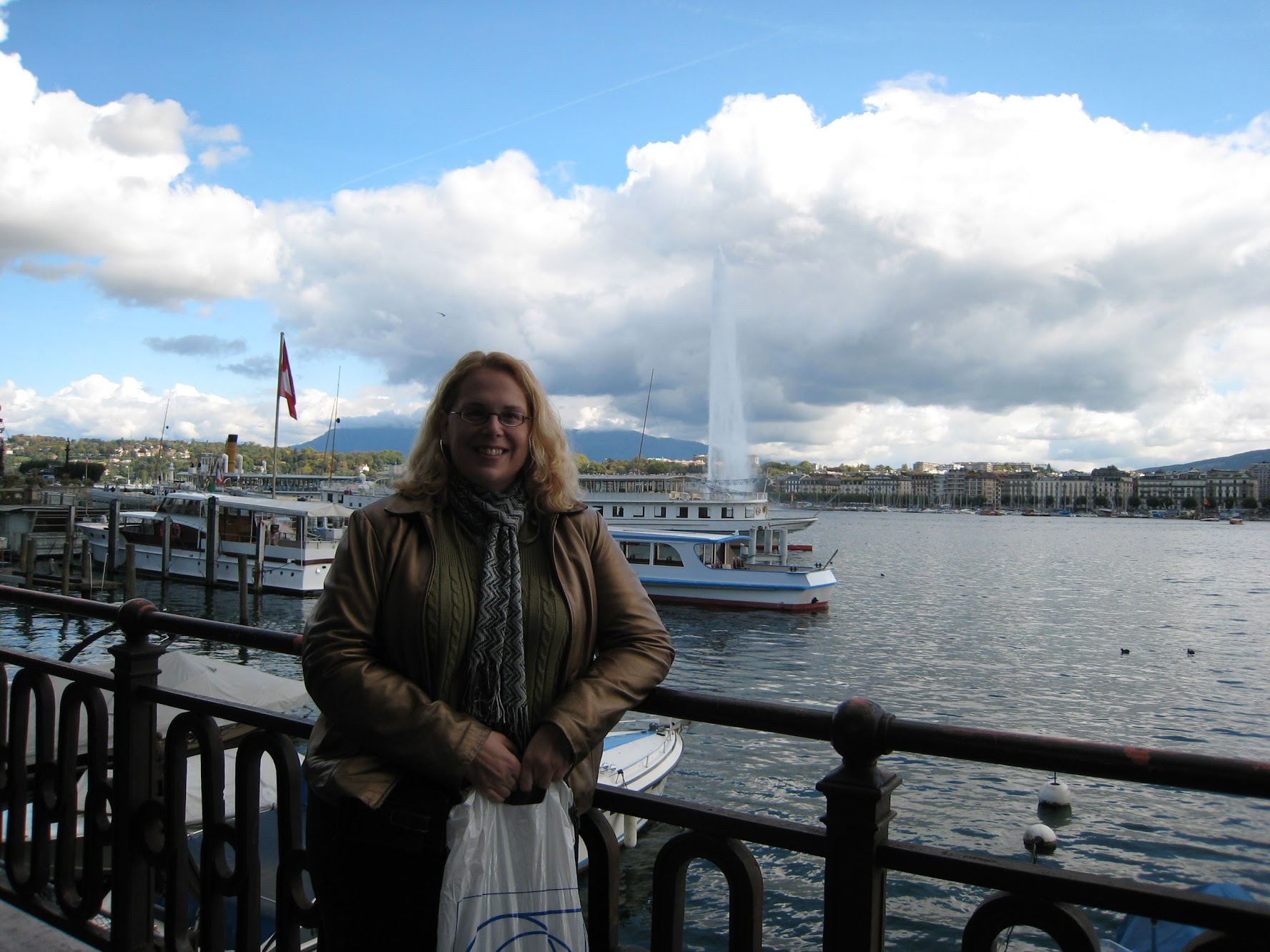
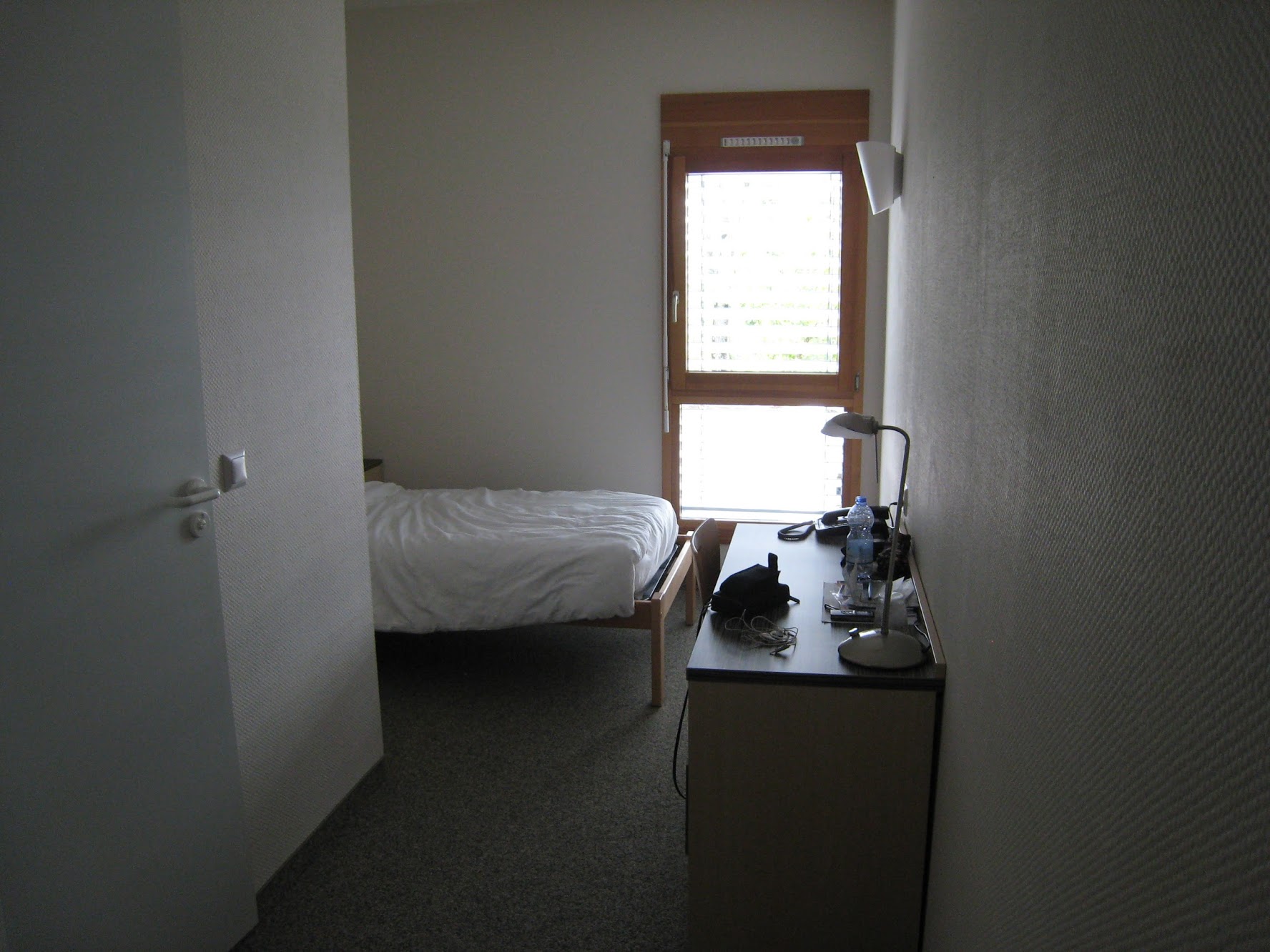
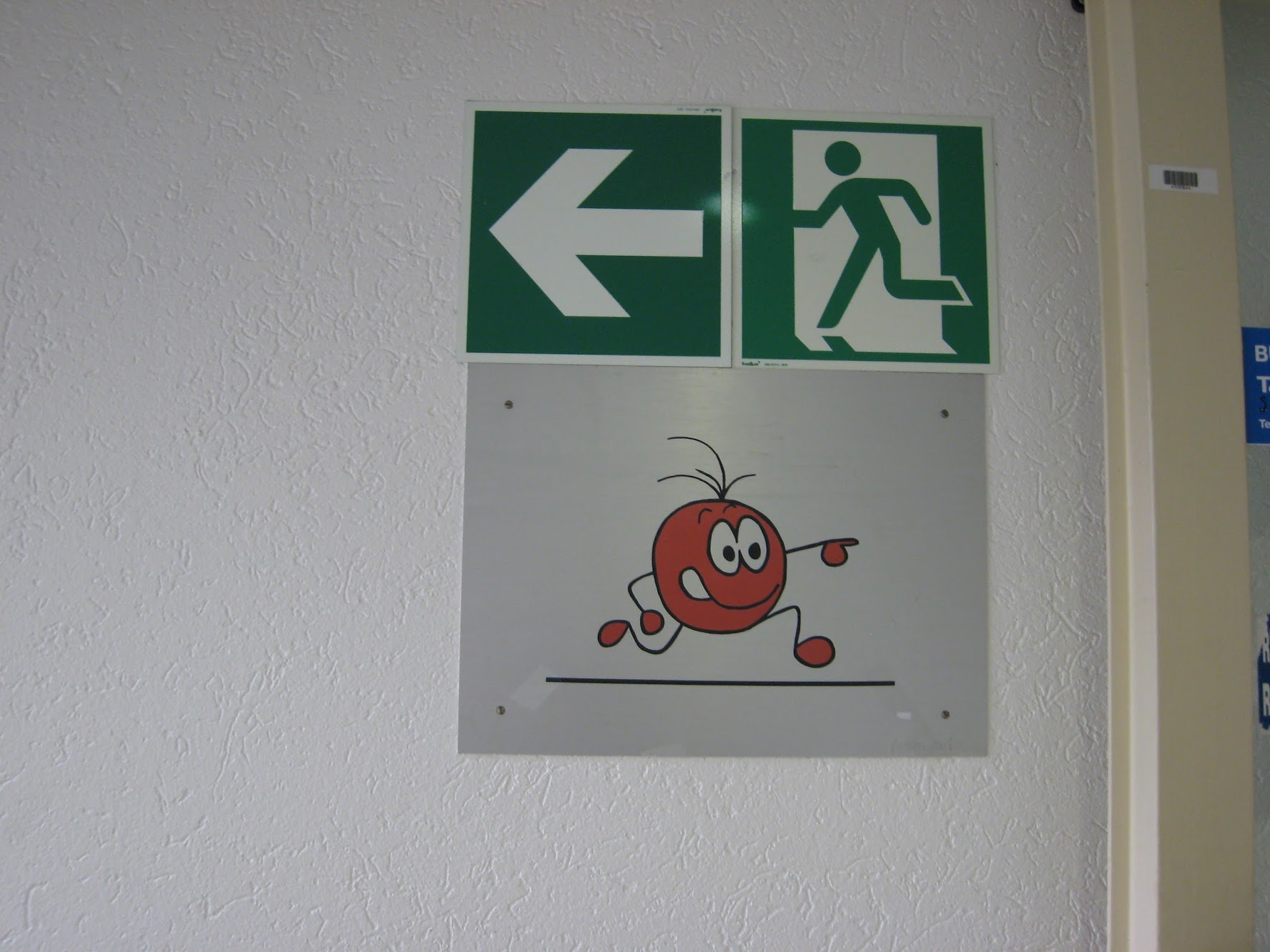
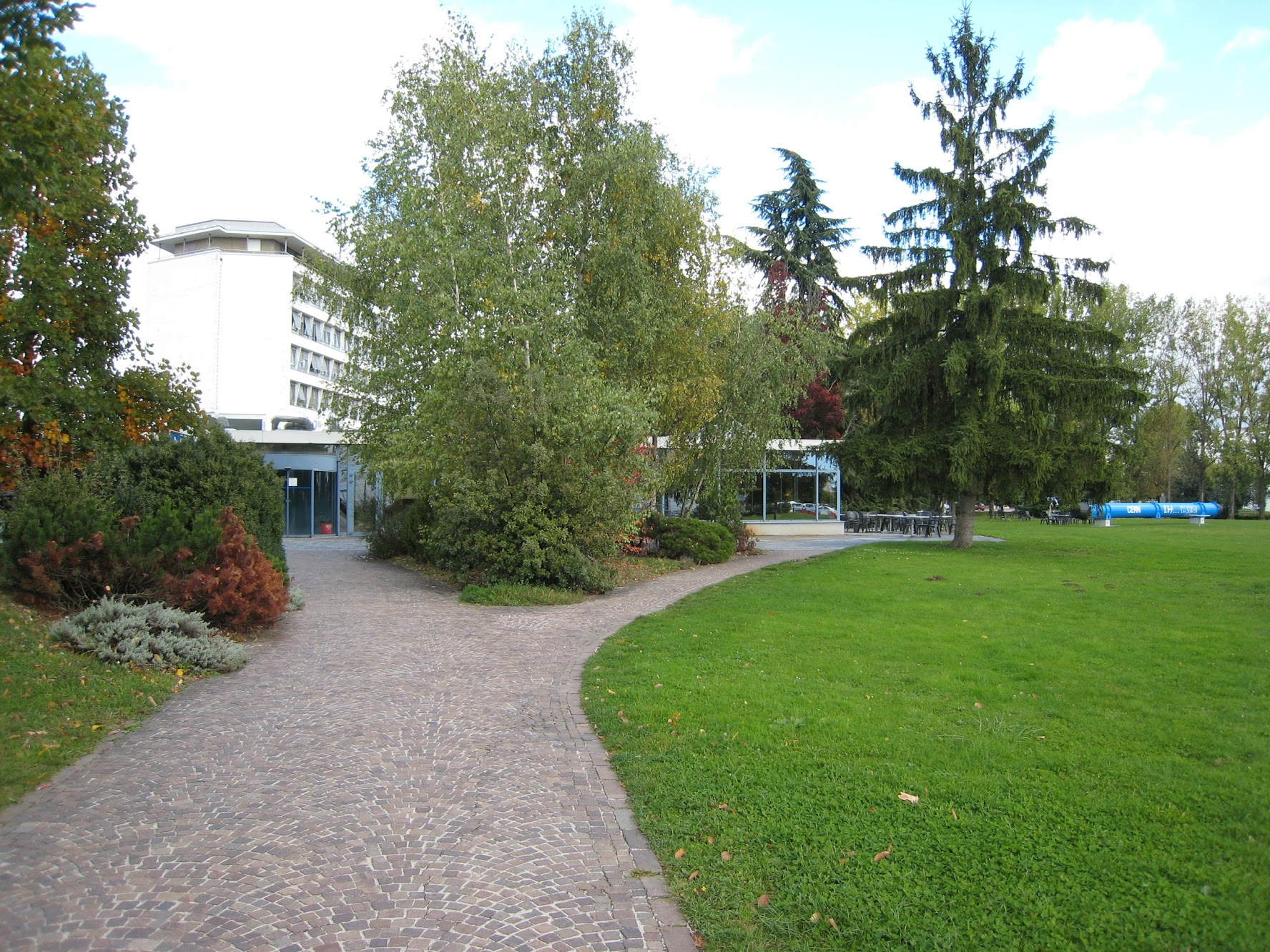


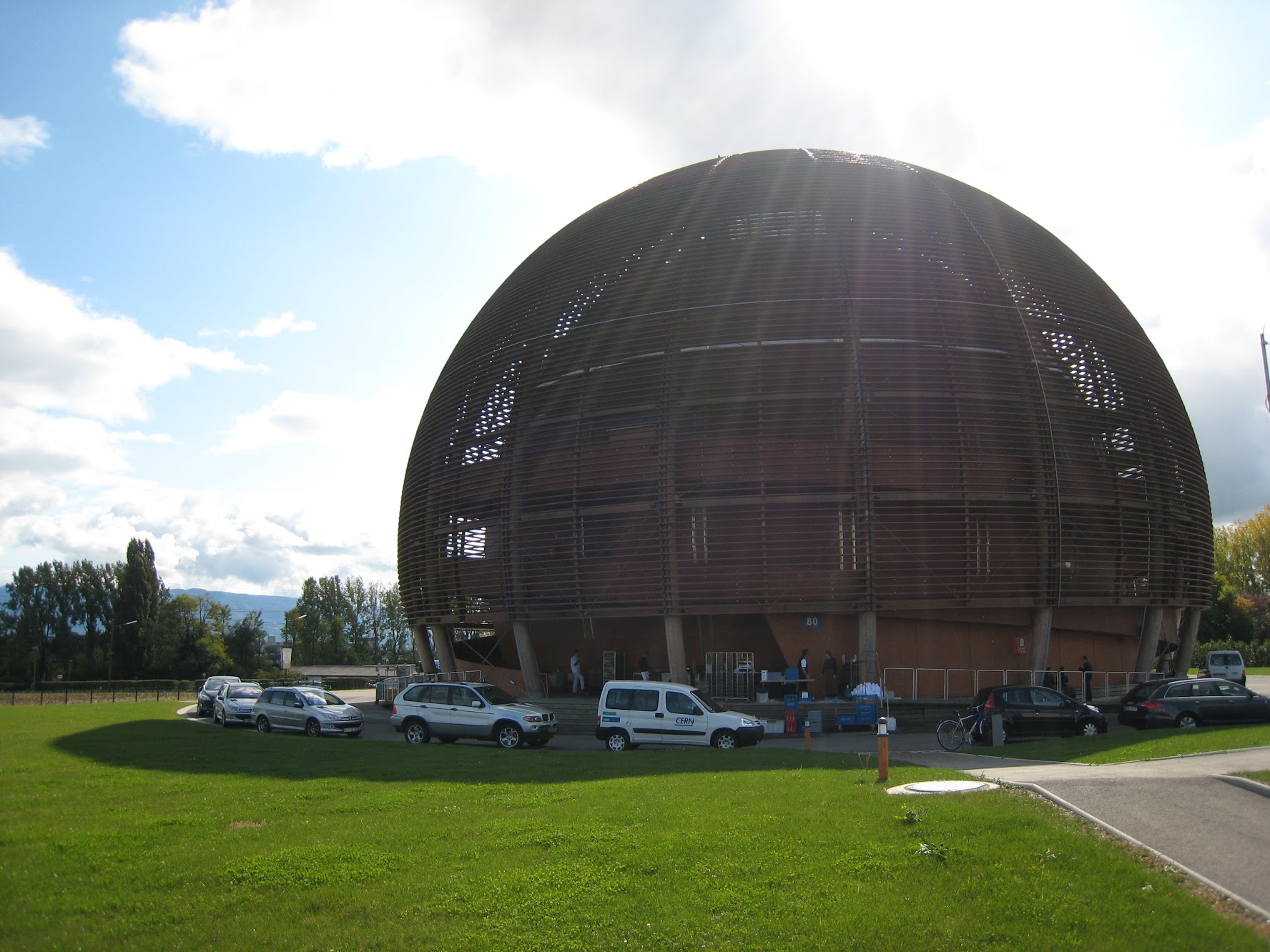
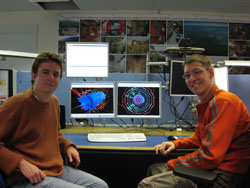
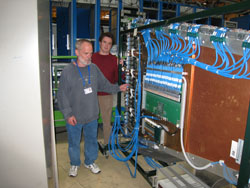
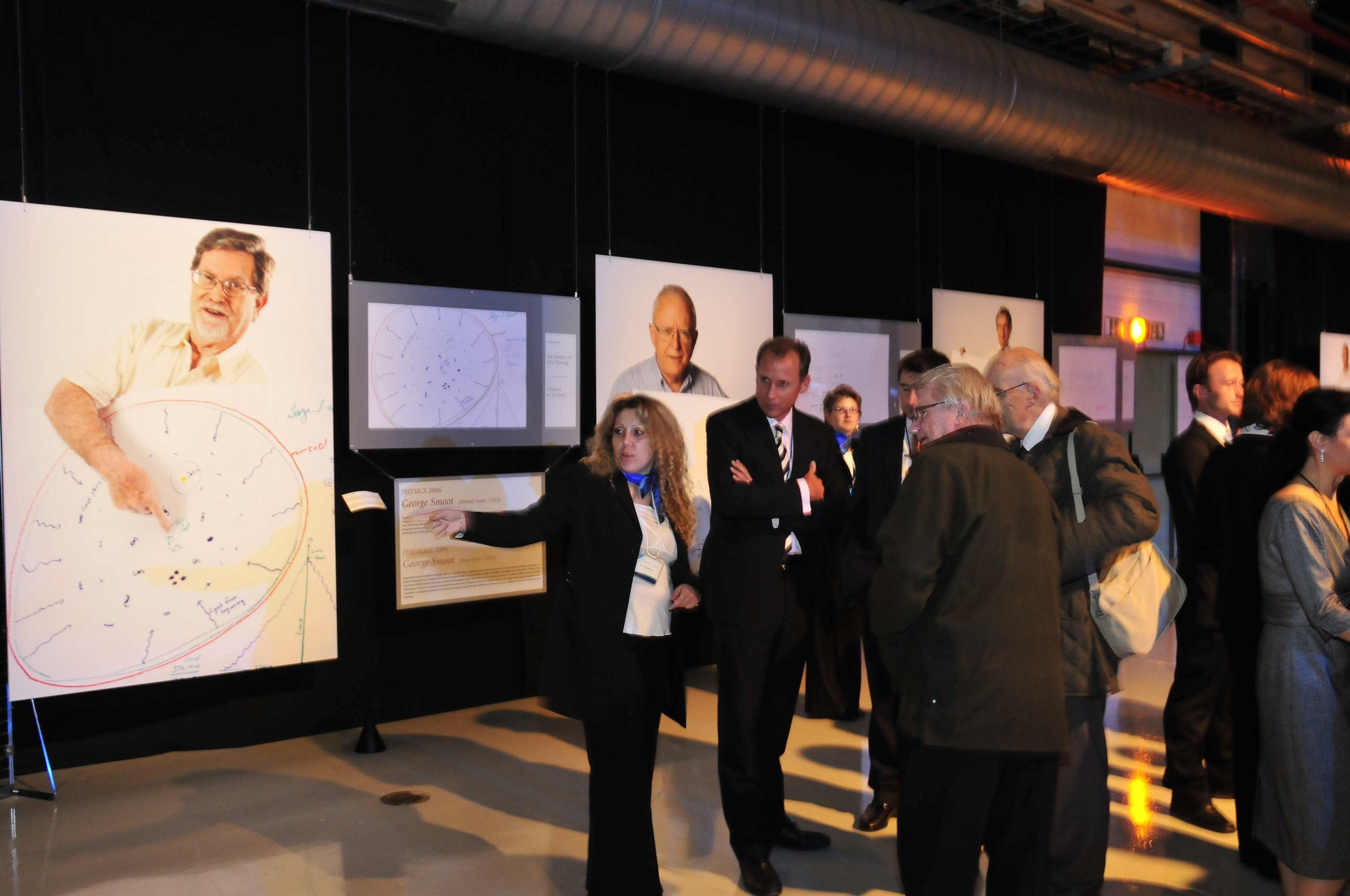

The care and feeding of physicists . . .
Posted on October 10th, 2008 by earleholland
[Editor's note: Ohio State science writer Pam Frost Gorder was one of dozens of international journalists invited last week to tour the international physics laboratory at CERN in Switzerland and learn about the GRID, the global computer network designed to handle the massive amounts of data flowing from the world's newest particle collider. This is the first of four entries about that trip.]
October 2, 2008
The day before the launch of the computing grid for the Large Hadron Collider, we toured the newly redesigned main control center at CERN. Eight massive accelerators are controlled here — eight separate systems of curved underground tunnels, interconnected like loops of a racetrack beneath the borders of France and Switzerland.
Streams of protons will circulate through the smallest loop, and gradually spin faster and faster. When the beam is spinning fast enough, a series of magnetic switches diverts it to the next largest loop where the speed increases even more.
Ultimately, the beam should circle the 17-mile wide LHC ring, at close to the speed of light. Or, it could be diverted to one of the many other experiments housed at CERN.
The decision to start the beam, and where to send it, is made by physicists and computer scientists working together in this control room. Surrounded by readouts on flat panel displays, they monitor the beam’s “health” around the clock, the way critical care nurses monitor a patient’s vital signs.
More than 50 countries have spent collective billions to build and run these experiments so it’s fair to say that the particle beam’s operators are under some pressure.
Pierre Charrue, head of CERN’s Control Infrastructure Group, said that the success of the LHC will depend on ergonomics. The scientists must be comfortable and able to focus on their work. They have to be able to read conditions in the accelerator quickly, and make good decisions. So he and his team designed the control room with a high ceiling, bright picture windows, and curved workspaces. Sophisticated soundproofing looks like textured wallpaper, in colors of blue and sand that evoke a blissful day on the beach.
The result? A pleasant place to work.
“You could share that room with 100 other people, and still work as quietly as if you were alone,” he told me from the glassed-in observation deck. “The screens are all color coded, so that you get all the information you need in a glance — even if the screen is all the way across the room.” Now two other accelerator labs — the ITER to be built in southern France and Fermilab in Illinois — are working with Charrue to redesign their own workspaces.
As we took pictures from above, I asked him whether the technicians and scientists below ever feel like fish in a fishbowl. He said they were used to it, although they looked a little embarrassed to me.
Actually, CERN is a popular field trip site for school kids from all over Switzerland, France, and Germany, according to Ohio State physicist Stan Durkin. Staffers have to endure an endless parade of wide-eyed spectators.
No wonder one research group decided to post a sign: “Please do not feed the physicists.”__Pam Frost Gorde
